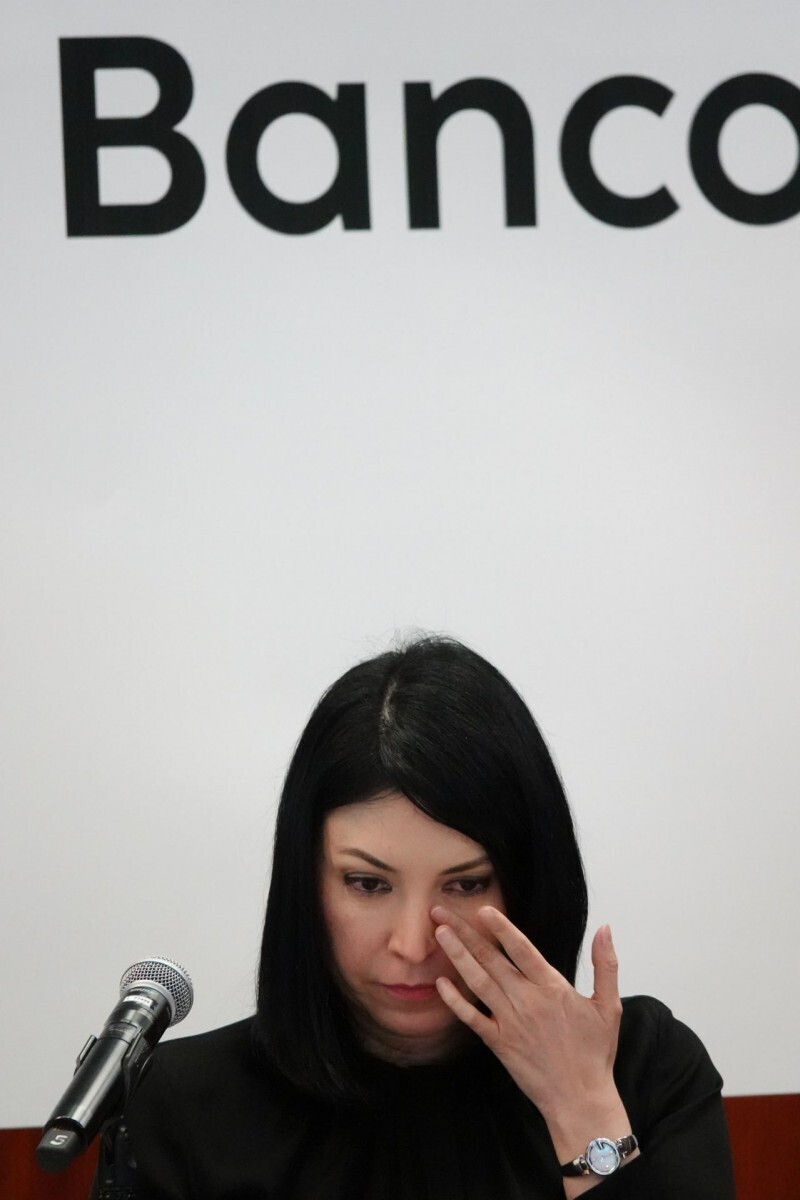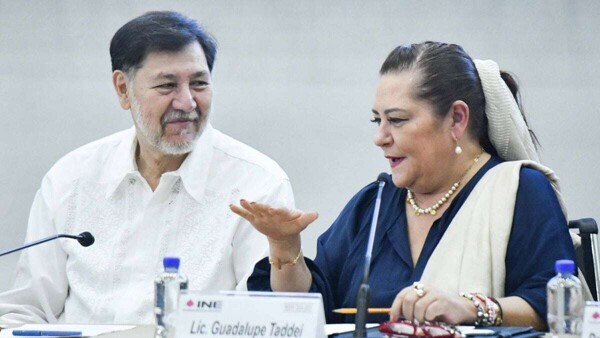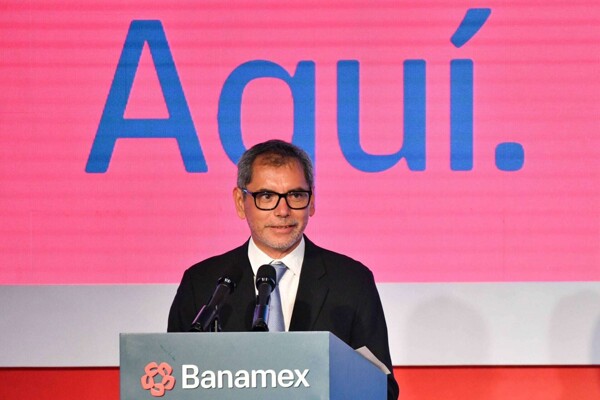
In February, consumer prices in Mexico experienced a year-on-year increase of 3.77%, reversing three months of declines and exceeding market expectations. According to data published by Inegi, the main inflationary pressure comes from the agricultural sector, particularly due to the rise in the livestock category, which includes meats, dairy products, and honey.
Despite the pressures this month, which remain stationary, no significant transfers are expected in the short term. This increase occurs in a context of interest rate cuts by the central bank, following two consecutive aggressive adjustments of 50 basis points in monetary policy.
In the monthly comparison, inflation was 0.28%, with an advance of 0.49% in the core and a decline of -0.39% in the non-core. Despite the persistence of pressures in areas such as tuition and services, which exceed 6%, the general trend in inflation is downward.
This deceleration could allow Banxico to make another aggressive cut in response, despite external threats such as Trump's policies. Considering that the core helps to measure the short- and long-term inflation trend, its current levels are already within the central bank's target.
Regarding the non-core index, it had an annual advance of 4.08%, slightly above the range set by the central bank, with a notable decline of 5.54% in fruits and vegetables. On the other hand, the core index stood at 3.65%. Although there are advances in inflation control, the situation remains challenging and requires continuous attention in the future.














